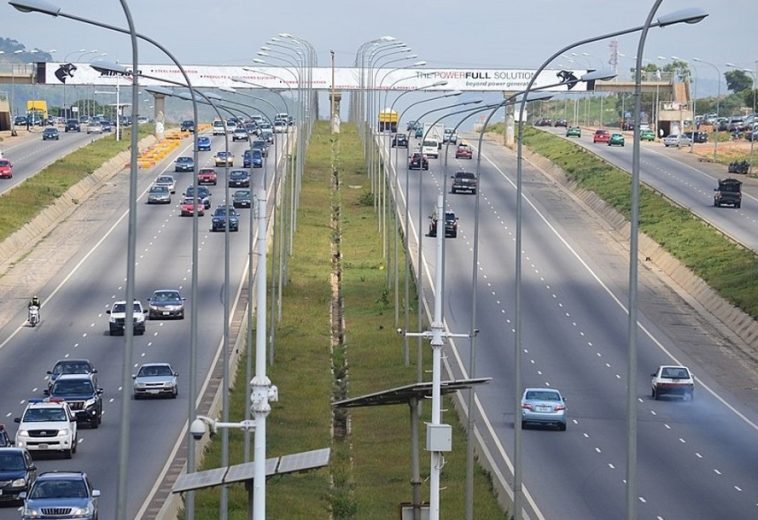Africa’s ongoing commitment to eradicating tuberculosis (TB) is yielding promising results, reflecting resilience and progress across the continent. The World Health Organisation’s (WHO) 2024 report highlights substantial reductions in TB prevalence and fatalities, driven by collaborative efforts among African leaders, healthcare providers, and community-driven health initiatives.
According to Dr Tedros Adhanom Ghebreyesus, WHO Director-General, Tuberculosis is as old as humanity itself. It has afflicted kings and queens, poets and politicians, revolutionaries and writers, activists and actors. Most of its victims, however, are poor, marginalised or malnourished, and the out-of-pocket costs associated with treating TB expose them to financial hardship or drive them further into poverty.
Global Tuberculosis Trends and WHO Analysis
The World Health Organisation (WHO) 2024 report on tuberculosis reveals that approximately 8.2 million people were newly diagnosed with TB in 2023, the highest number recorded since WHO began global TB monitoring in 1995. This figure represents an increase from 7.5 million in 2022, placing TB once again as the leading infectious disease killer, surpassing COVID-19.
While TB-related deaths have decreased slightly, from 1.32 million in 2022 to 1.25 million in 2023, the number of people falling ill with TB rose to an estimated 10.8 million. WHO’s report attributes these mixed trends to persistent challenges like significant underfunding, especially in high-burden countries (over 30 globally). India, Indonesia, China, the Philippines, and Pakistan together account for 56% of the global TB burden. Among those affected, 55% are men, 33% women, and 12% children and young adolescents.
Dr Tedros Adhanom Ghebreyesus, WHO Director-General, stated that “the fact TB still kills and sickens so many people is an outrage, when we have the tools to prevent it, detect it and treat it.” He urges all countries to make good on the concrete commitments they have made to expand the use of those tools, and to end TB.
In 2023, the gap between estimated and reported new TB cases narrowed to about 2.7 million, down from around 4 million during the COVID-19 pandemic. This improvement reflects significant national and global recovery efforts to counteract COVID-related disruptions in TB services. Coverage of TB preventive treatment has also improved, particularly for people living with HIV and for household contacts of those diagnosed with TB.
However, multidrug-resistant TB remains a public health crisis. Although treatment success rates for MDR/RR-TB reached 68%, only 44% of the estimated 400,000 people who developed this form of TB in 2023 received diagnosis and treatment.
Funding Gaps
Global funding for TB prevention and care decreased further in 2023, falling significantly short of the $22 billion annual target. Only $5.7 billion was available, amounting to just 26% of the global need. Low- and middle-income countries (LMICs), which bear 98% of the TB burden, were particularly affected by these funding gaps. International donor funding for TB has remained stagnant at around $1.1–1.2 billion per year, with the United States government as the largest bilateral contributor and the Global Fund to Fight AIDS, Tuberculosis, and Malaria as the top international funder.
The report stresses the importance of sustained financial investment to ensure effective TB prevention, diagnosis, and treatment. Insufficient funding also hampers TB research, which received only one-fifth of its $5 billion target in 2022, limiting advancements in diagnostics, drugs, and vaccines. WHO continues to champion the development of new TB vaccines through initiatives like the TB Vaccine Accelerator Council.
The Win in Africa
Africa has made remarkable progress, with 70% of all TB cases on the continent now being detected and treated—the highest rate recorded to date. This success stems from years of investment in health infrastructure, enhanced diagnostic capabilities, and community awareness initiatives that encourage timely diagnosis and treatment.
Countries such as Nigeria and South Africa have intensified their TB detection efforts, even amid the COVID-19 pandemic. Nigeria, for example, nearly tripled its TB case notifications, from 106,000 in 2018 to approximately 285,000 in 2022. Overall, TB deaths in Africa have decreased by 38%, and new cases have dropped by 23% since 2015. Cabo Verde, Eswatini, and South Africa have achieved over a 50% reduction in TB incidence, largely due to integrated healthcare approaches that address TB alongside conditions like HIV.
Although Africa still faces funding challenges—requiring an estimated $3.9 billion annually for TB elimination but mobilising only $890 million in 2022—African nations are working to bridge this gap through domestic funding and partnerships with global health organisations. Key strategies include public awareness campaigns, healthcare worker training, and community-based health models, all crucial to sustaining momentum in eradicating TB.
With steadfast determination, Africa’s journey to make TB a disease of the past is progressing, positioning the continent as a global example of resilience and effective health collaboration. While challenges remain, each milestone reflects Africa’s unwavering commitment to public health, leaving no one behind in the fight against TB.




